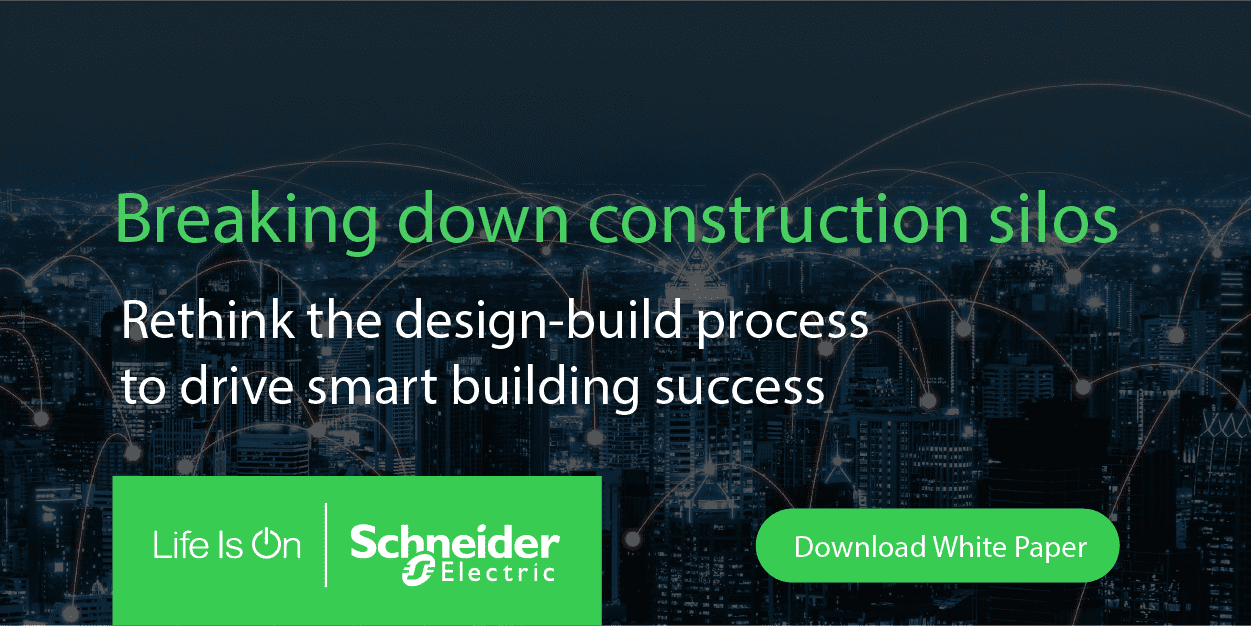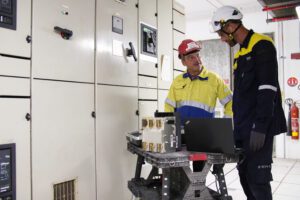Arup’s report “FM 2.0: Reimagining facility management for the digital age,” reflects on why smart building technology is critical to helping today’s facility management (FM) teams proactively make buildings safer, healthier, and more sustainable. Our new white paper goes a step further to identify barriers to the traditional design-build process that are causing these FM outcomes to be neglected. In this post, I share recommendations for improving how digital infrastructures are specified and included in constructing new buildings and mission-critical facilities.

Expert insights from industry leaders
In our continued pursuit of creating Partnership of the Future, we gathered a select group of global industry experts – including professionals from Arup – to contribute to this white paper project. These experts represent the primary design-build stakeholders: design consultants, contractors, integrators, technology providers, construction inspectors, and insurance companies.
Our collaboration helps take a deep dive into how to disrupt the status quo of the way smart systems are being specified to uncover where things often go wrong. Most importantly, we shared real examples of recent innovative projects that successfully delivered the digital tools that the building owner and operators need to achieve their defined outcomes.
A new design-build paradigm that benefits everyone
We strongly believe that the future of smart building/facility projects requires a new alliance model in which all stakeholders act as advocates for the owner and operator. This requires breaking down silos, with greater engagement and collaboration at every stage of the process to better understand – and keep focused on – the FM use cases.
Figure 1 illustrates both the status quo workflow employed most often today and the collaborative workflow that’s required moving forward. This new workflow emphasizes cooperation and transparency so that every stakeholder can work more effectively and efficiently with less risk. All of this, while working as a team to find savings that often make smarter buildings no more costly to build.

Ultimately, we believe that all professionals supporting the design-build process will eventually be forced to adapt to this more cooperative model. Those who begin this transition soon will succeed and grow, while those who do not may risk becoming irrelevant.
To learn more
Download the white paper “Designing for Facility Management 2.0: Changing how digital systems are specified to achieve smart building outcomes.” We also invite you to register for the Innovation Summit World Tour 2021 and watch the expert session ‘Reforming the Design-Build Process Can Improve Smart Building Outcomes.”
To learn more about smart mechanical and electrical technologies, visit our EcoStruxure Building™ and EcoStruxure Power solution pages.



